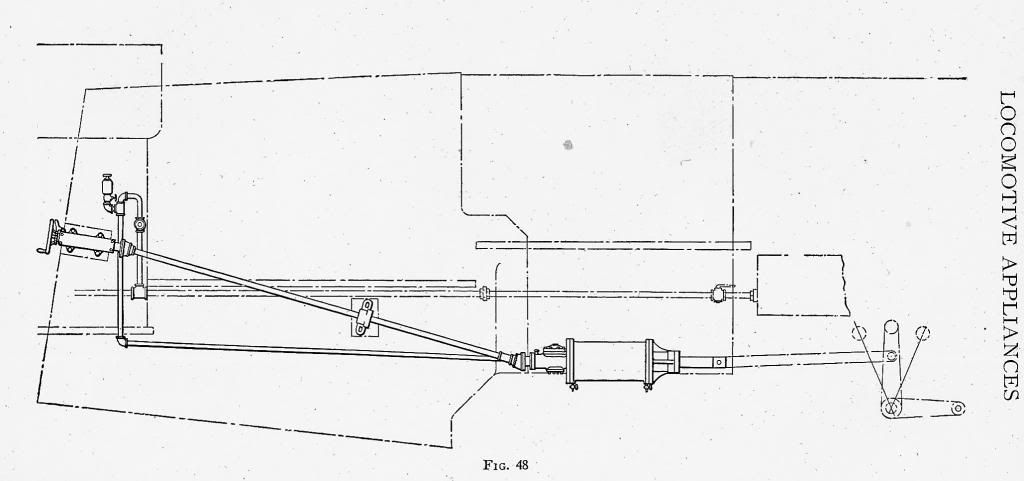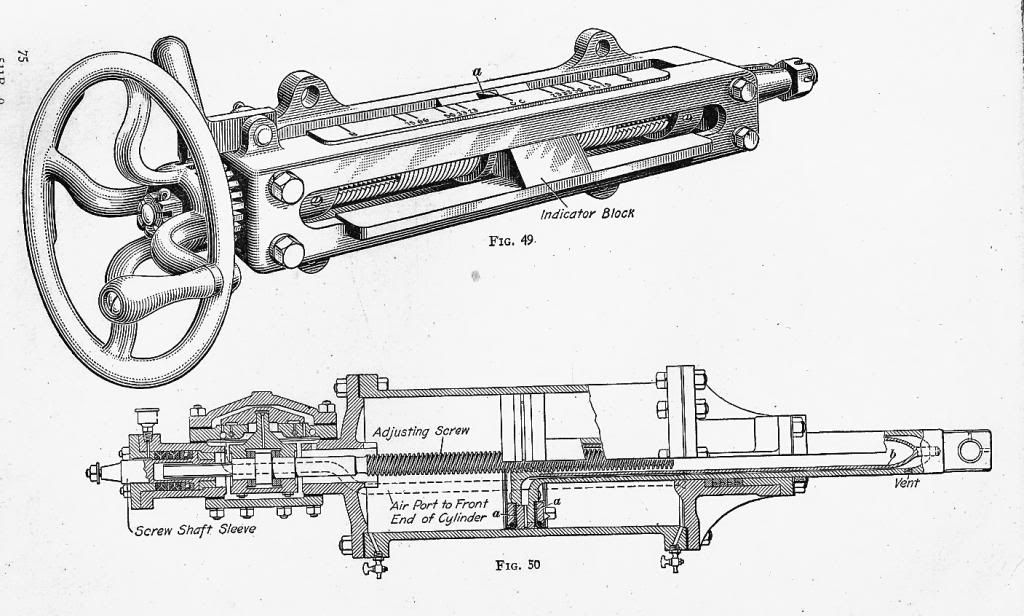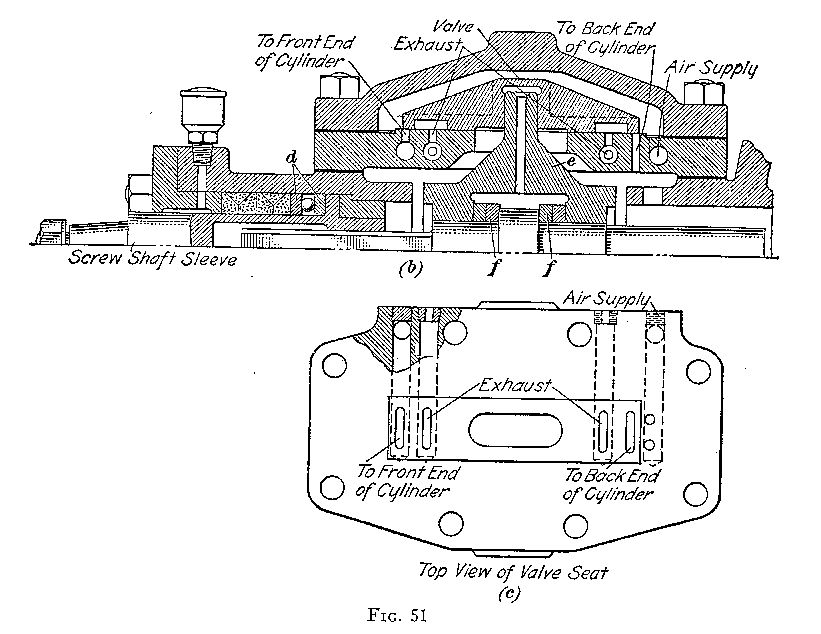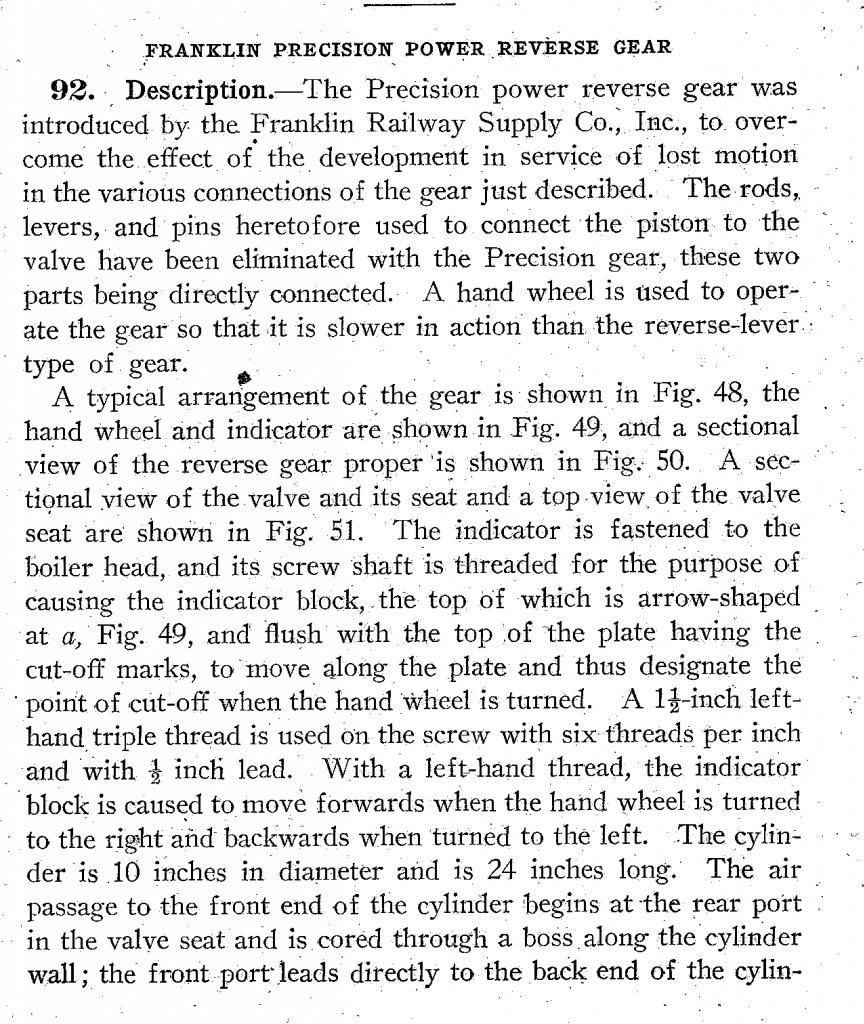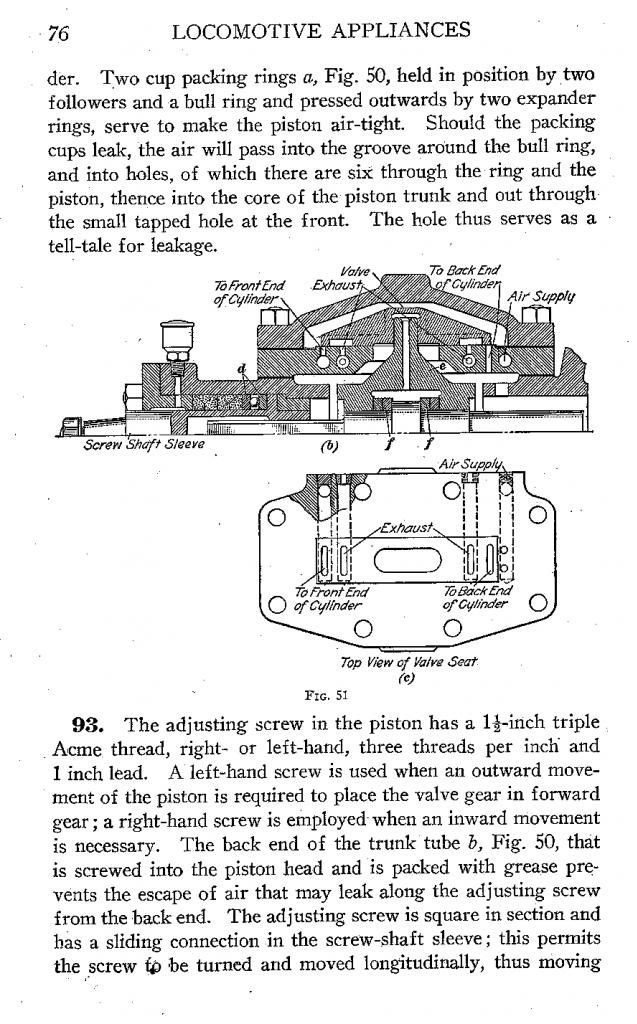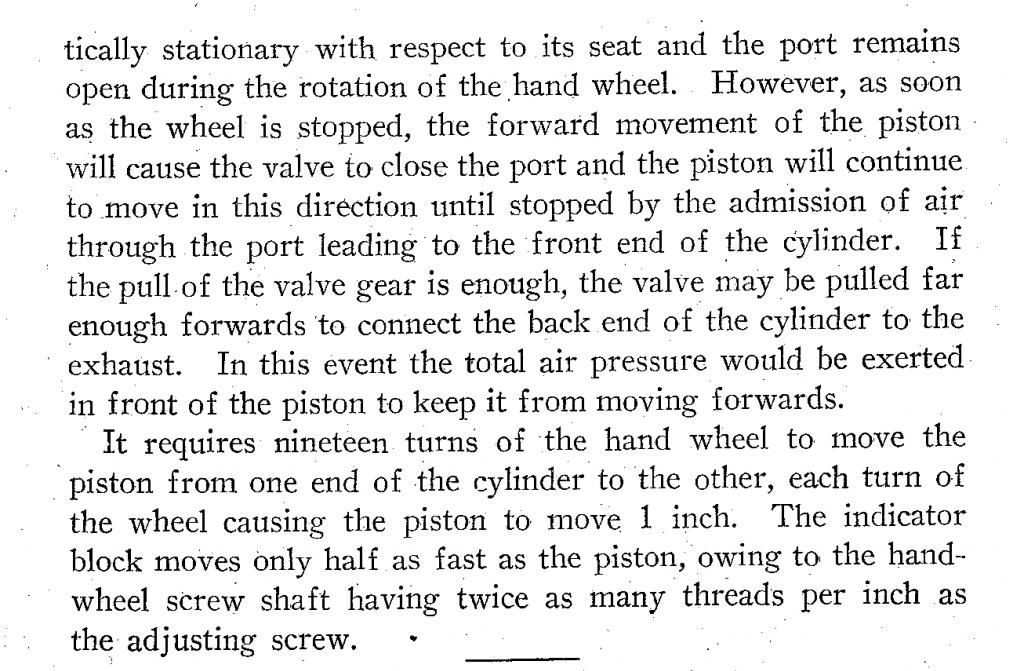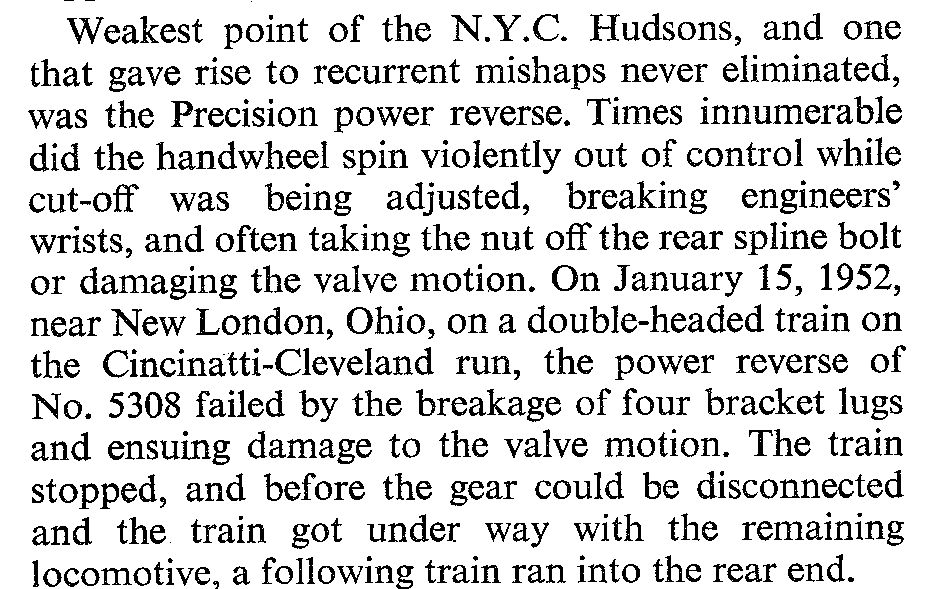| It is currently Mon May 12, 2025 7:06 pm |
|
All times are UTC - 5 hours [ DST ] |
 
|
Page 2 of 2 |
[ 22 posts ] | Go to page Previous 1, 2 |
|
| Dave |
|
||
|
Joined: Sun Aug 22, 2004 7:19 am Posts: 6464 Location: southeastern USA |
|
||
| J-1e5344 |
|
||
|
Joined: Mon Apr 22, 2013 2:48 pm Posts: 23 |
|
||
| J-1e5344 |
|
||
|
Joined: Mon Apr 22, 2013 2:48 pm Posts: 23 |
|
||
| J-1e5344 |
|
||
|
Joined: Mon Apr 22, 2013 2:48 pm Posts: 23 |
|
||
| J3a-614 |
|
||
|
Joined: Fri Mar 05, 2010 3:41 am Posts: 3969 Location: Inwood, W.Va. |
|
||
| Alan Walker |
|
||
|
Joined: Sat Sep 04, 2004 10:54 am Posts: 1184 Location: Tucson, Arizona |
|
||
 
|
Page 2 of 2 |
[ 22 posts ] | Go to page Previous 1, 2 |
|
All times are UTC - 5 hours [ DST ] |
Who is online |
Users browsing this forum: Google [Bot] and 78 guests |
| You cannot post new topics in this forum You cannot reply to topics in this forum You cannot edit your posts in this forum You cannot delete your posts in this forum You cannot post attachments in this forum |


